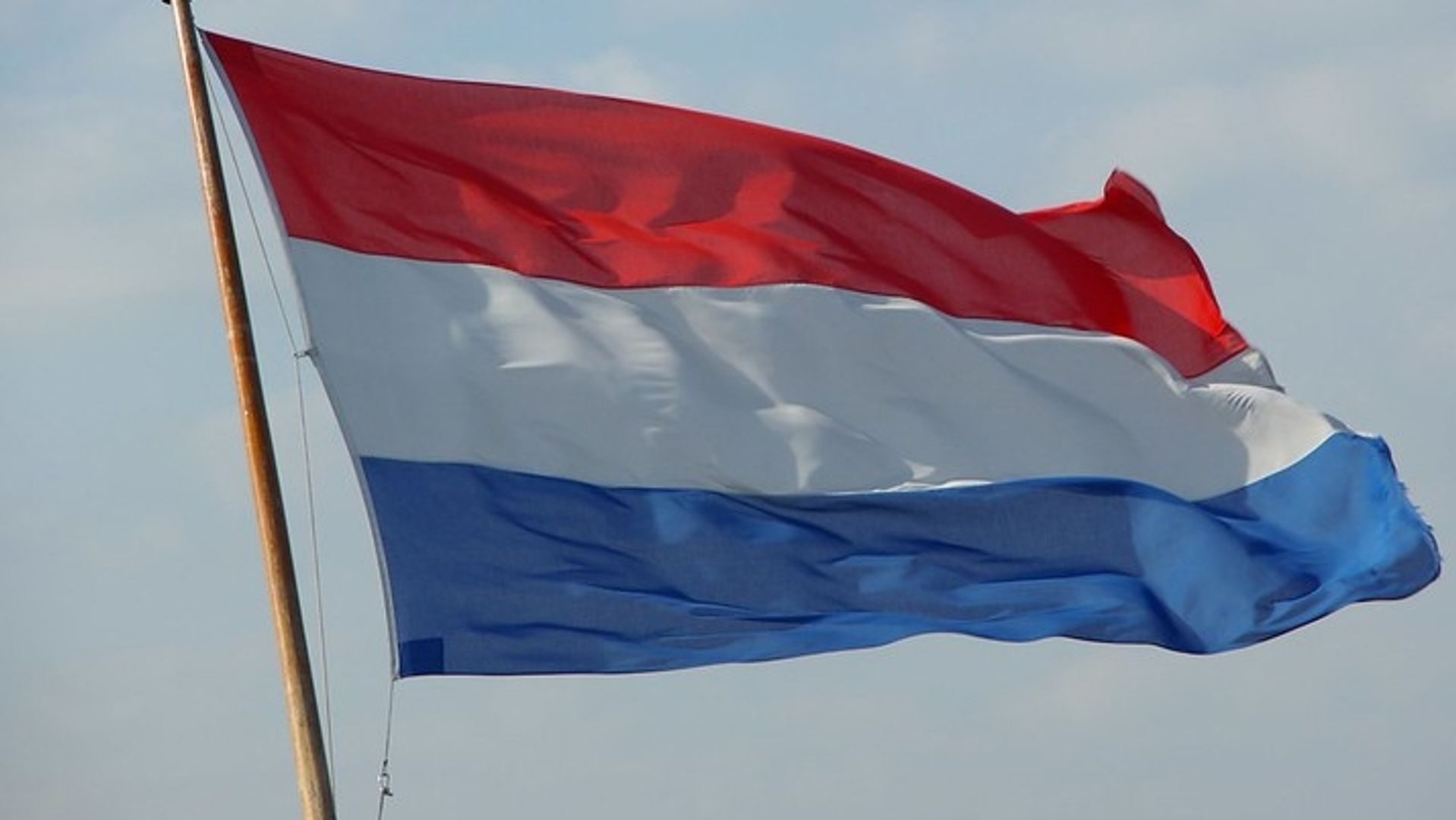Analysis: Polymarket Traders’ Biases Can Lead to Irrational Results
Both Polymarket and Kalshi traders ignored late polls showing D66 gaining ground, keeping Geert Wilders’ PVV priced as a sure thing until exit polls forced a repricing that erased millions in misplaced bets.
By Sam Reynolds|Edited by Sheldon Reback
Oct 30, 2025, 9:20 a.m.

- Traders on Polymarket were confident in Geert Wilders’ PVV winning the Dutch election until a late surge by D66 changed the outcome.
- Many traders held onto losing PVV bets due to conviction, while others profited from the unexpected rise of D66.
- The prediction markets reflected user biases, highlighting how conviction can lead to irrational trading decisions.
Until the final hours of the Netherlands’ Oct. 29 election, Polymarket traders were convinced Geert Wilders’ nationalist Partij voor de Vrijheid (Party for Freedom) would cruise to victory.
The market barely budged as Rob Jetten’s social liberal Democraten 66 (Democrats 66) climbed in every major poll. Then, within minutes of the first exit poll, D66 odds exploded from 5% to 100%, wiping out millions in overconfident PVV longs.
STORY CONTINUES BELOW
With 98% of votes counted, D66 and PVV were both projected to take 26 seats in the 150-seat lower house of parliament, Reuters reported Thursday. That’s a loss of 11 seats for PVV.

Kalshi wasn’t much better, with traders overpricing Wilders’ PVV until election day.
Data from Polymarket Analytics suggests the markets became a test of conviction rather than foresight as traders clung to losing PVV bets out of belief. Many held static positions for weeks while a smaller group of data-driven participants quietly profited from the late D66 surge.
During the recent U.S. presidential election, all sorts of theories emerged about why Polymarket was giving a premium to now-President Donald Trump. Perhaps it was the participation of crypto holders, who tend to lean right.
One theory was that foreign money was trying to influence the vote by skewing markets. This theory was amplified when a French national using the handle “Theo” spread out pro-Trump and pro-Republican bets over a number of accounts.
Theo, it turned out, had no political agenda, as he told the Wall Street Journal. Instead, the self-described wealthy banker determined national polling had gaps and instead commissioned his own, which involved pollsters asking respondents who they thought their neighbors would vote for.
The survey confirmed his thesis that the polls were wrong about Trump’s chances of victory, and he was confident enough to put $30 million in.
But for the Dutch election, there was no Theo. There were lots of conviction traders who acted as effective counterparties with exit liquidity.
Accounts like “WhiteLivesMatter” — whose username reflects their political views — poured tens of thousands into PVV “yes” contracts and never flinched, even as Ipsos and Peil.nl polls shifted decisively toward D66.
The positions sat unchanged for weeks, according to Polymarket Analytics. It wasn’t lack of information that doomed them, but a refusal to process it.
That static posture contrasted sharply with traders like “Wisser” and “ciro2”, who moved early on late polling data and made six-figure profits from the same volatility that crushed the PVV faithful. These participants used the market as a rational actor would, attempting to make money with trades, not a scoreboard for ideology.

In the end, the prediction markets worked as mirrors, not predictors, reflecting the biases of their users. Where Theo used polling to challenge consensus, some traders ignored it entirely.
In a market with thin liquidity, the result was a real-time experiment in how markets can be rational in theory yet irrational in practice, especially when conviction outweighs curiosity.
Read more: Polymarket is 90% Accurate in Predicting World Events: Research
Note: The views expressed in this column are those of the author and do not necessarily reflect those of CoinDesk, Inc. or its owners and affiliates.
More For You
Oct 16, 2025

Stablecoin payment volumes have grown to $19.4B year-to-date in 2025. OwlTing aims to capture this market by developing payment infrastructure that processes transactions in seconds for fractions of a cent.
More For You
By Omkar Godbole|Edited by Sam Reynolds
1 hour ago

Key market dynamic points to potential for heightened market volatility ahead of Friday’s options expiry.
What to know:
- BTC trades around levels where dealers hold net negative gamma exposure.
- It suggests potential for heightened price volatility ahead of Friday’s options expiry.
-
Back to menu
Prices
-
Back to menu
-
Back to menu
Indices -
Back to menu
Research
-
Back to menu
Consensus 2026 -
Back to menu
Sponsored
-
Back to menu
Videos -
Back to menu
-
Back to menu
-
Back to menu
Webinars
Select Language








